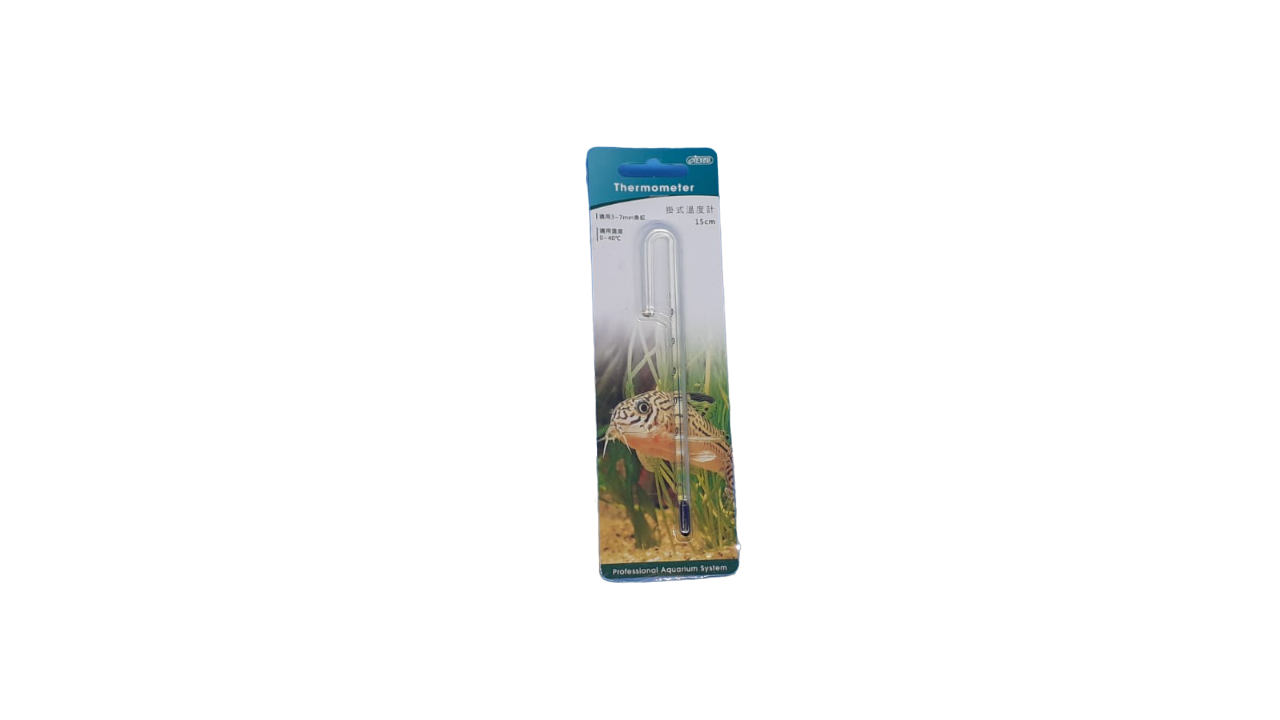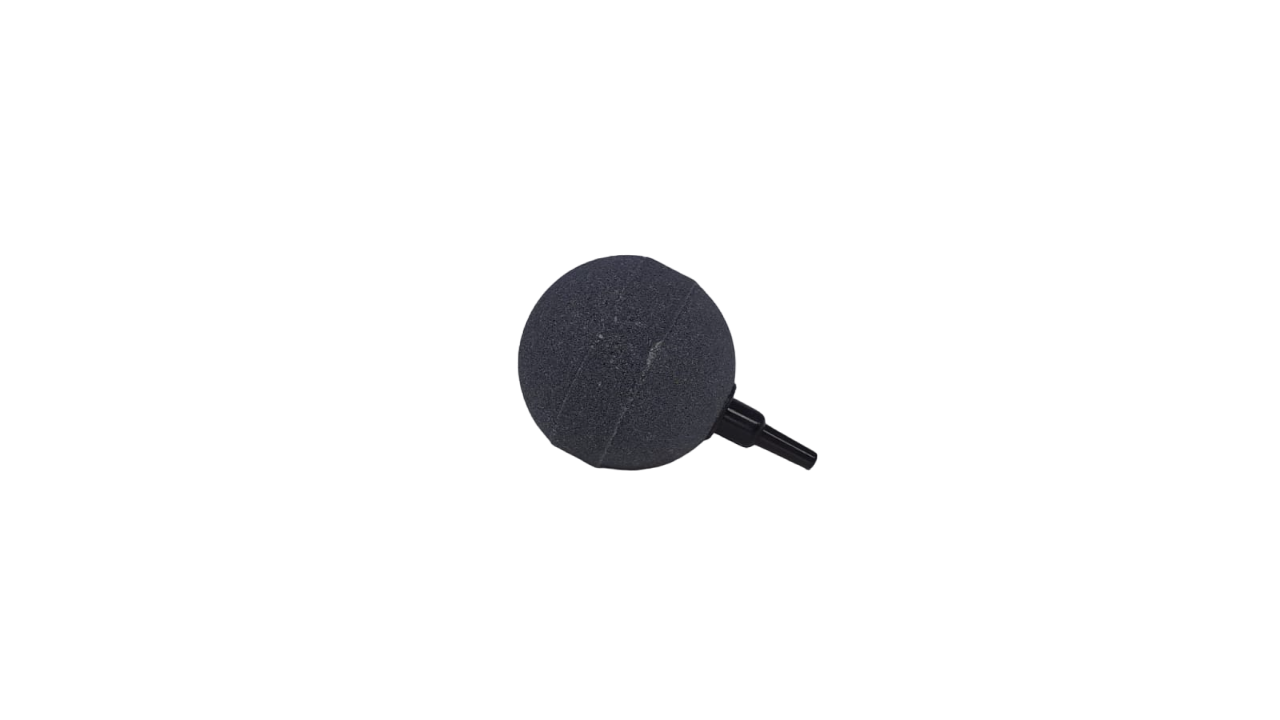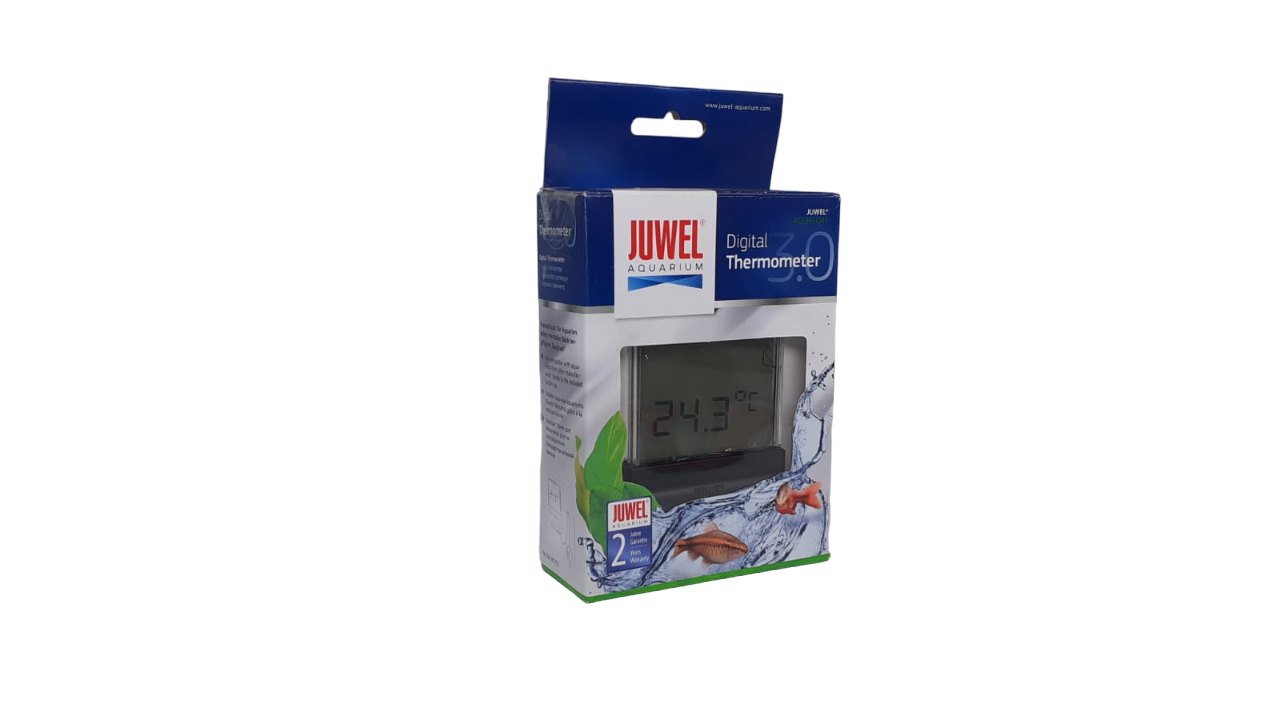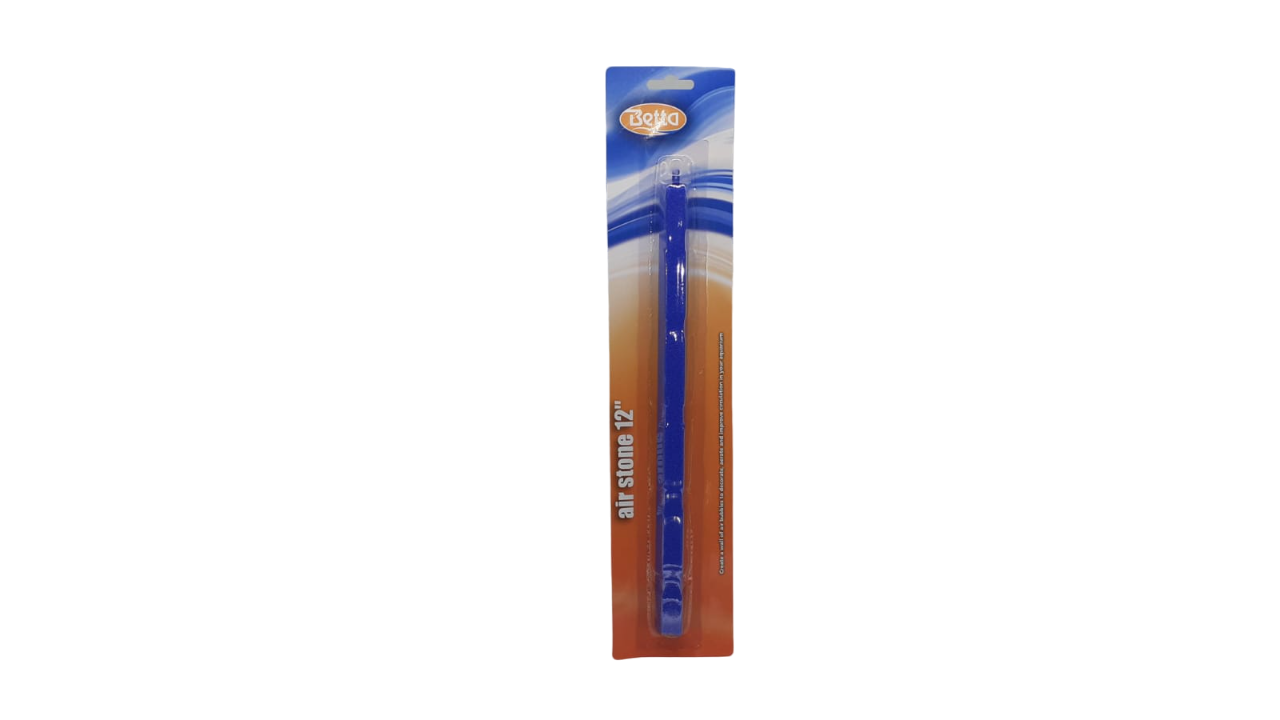Keep Your Aquarium Cool In Summer: 12 Expert Tips & Tricks
5 minute read
During the hot summer months staying cool is usually our objective as people. Either staying in the shade, drinking more and perhaps also avoiding direct sun.
Other mammals such as cats and dogs can also overheat and, like us they can help themselves.
Captive fish cannot do this and it’s our responsibility as fishkeepers to keep aquariums within safe temperature limits for each species.
Here we discuss the causes and several ideas and suggestions for keeping your aquarium cool, along with emergency measures to sort out dangerous overheating.
The solutions suggested here also apply to a broken aquarium heater that may be stuck in the ‘ON’ position.
The Problem
As water temperatures rise, a fish’s metabolic rate increases and they need more oxygen. At the same time dissolved oxygen reduces as temperatures climb, which creates double jeopardy - increasing stress - for fish and keeper alike.
Beneficial bacteria that colonise your filter, coat substrate, plants and virtually every surface in your aquarium are less efficient with less available oxygen. This can lead to an increase in harmful ammonia.
But what about temperature in the wild, surely that fluctuates?
Yes, but the rise and fall of the air temperature only affects the water in rivers and oceans very gradually. Fish can swim to cooler - or warmer water in a river or ocean but not in a home aquarium. They have simply not evolved to cope with rapid changes in water temperature.
What about my nano tank, won’t that cool down faster so reducing the problem?
Well, yes but only after rapidly heating up first. A small aquarium in a warm window can heat up quickly by several degrees to dangerous levels. This same increase over several days is less serious - providing it’s only temporary. The speed of the increase becomes the main worry in any aquarium.
What about my big display tank, surely that’s okay?
In larger aquariums all parameters are subject to change more slowly - including temperature. The higher volume simply takes longer to heat up, which is a good thing.
But, it will take longer to cool down as well which is not so desirable. So if you have several very warm days your tank temperature will gradually increase by day, falling only slightly each night. Then the temperature becomes ‘stuck’ at say 29°C when you want 25°C
Are marine tanks more stable, causing less of an issue?
The problem becomes very serious in marine aquariums because saltwater holds less dissolved oxygen as freshwater of the same temperature.
Ideal Temperatures
Most common and fancy goldfish such as shubunkins, Fantails and Orandas do well between 15°C and 22°C
Many catfish prefer around 23°C
Most tropical fish are quite happy between 24°C and 27°C.
Some fish such as Discus, Rams and freshwater Angelfish will enjoy temperatures around 30°C with few problems.
The Biggest Concern
The main issue caused by higher temperatures is not usually the heat itself (up to 30°C for a short time can be survived by many species), but the huge drop in dissolved oxygen that occurs as a result.
The Symptoms
The first sign of stress to your fish is usually rapid gill movement or gasping at the water surface. Gill function is impaired as the water heats up - basically gills have to work harder to extract oxygen. A fish’s metabolism is related to water temperature - they cannot regulate their core temperature like mammals.
Algae levels may increase, reducing light and oxygen levels still further causing a ‘bloom’ which can be very serious indeed. An algal or bacterial bloom can consume huge amounts of oxygen very quickly.
In marine systems corals and anemones may close up and their tentacles and polyps retract.
Catfish are often the first to suffer as the heat builds and you can lose them very quickly. They can be a ‘mine canary’ giving early warning of a problem. Increasingly catfish race to the surface to gulp air when oxygen levels fall.
As beneficial bacteria become less able to process fish waste, ammonia levels may rise and often nitrite as well. These increases can cause immune systems to be compromised resulting in disease and parasite outbreaks.
The resulting stress and illness can extend long beyond the hot spell causing future issues.
Thermometer▼ | Air stone ▼ | Digital thermometer▼ | Long air stone▼
The Short-Term ( Emergency) Solution
Whoa! I’ve just looked at my aquarium and some of my fish are gasping at the surface:
TAKE IMMEDIATE ACTION.
Check aquarium temperature accurately with a decent thermometer.
Check your heater - if broken it may be jammed ‘on’. Switch this off
Crank up your air pump to massively increase surface agitation.
Position an air stone(s) close to the surface.
Move a filter outtake to churn up the water surface if you can
Perform several small water changes with cooler water. Remember your de-chlorinator!
DO NOT POUR VERY COLD WATER STRAIGHT INTO YOUR AQUARIUM - it will stress out your fish even more.
Avoid reducing your overall aquarium temperature by more than 3°C over the next few hours .
If water changes are not an option then position some ice cubes or packs near your filter exit - preferably in a net - and carefully monitor temperature.
When temperatures have normalised, remove the ice and return to normal.
If the hot water resulted from a broken heater, get another one quickly and in an ideal world keep a spare.
The Medium-Term Solution
If the weather forecast is for more hot weather then consider the following ideas:
Frozen Water
Freeze water in some plastic bottles in advance and position them in-turn near your filter exit. This is pretty effective - and a very cheap.
Ventilation
Open windows in your tank room early in the day (6 or 7 am) to allow cooler ambient air inside. Close when outdoor temps start climbing above 24°C ( in UK summers the outdoor temperature can already be this high by 9.30 am)
Open the lid of your tank at night (and/or by day) to release heat and prevent build-up. Be cautious about doing this if you have cats or small children. Be aware some fish can be prone to jumping. We use some fine garden net over our tanks in hot weather to prevent this.
Use a house-hold circulation fan to move air around. This can serve to safely remove heat from around your tank and prevent build up.
Dial Your Heater Down
Turn your heater setting down by 1°C. Don’t switch off as you may forget about it if the ambient temperature falls.
Reduce Lighting
Reduce lighting to 8 hours a day (if the bulbs get hot in normal use) It always surprises me how lights can heat up a tank easily by 2°C or more during a day.
Keep curtains shut in the room with your tank. Even north facing windows can allow enough sun in to heat up your tank.
Extra Water Changes
Perform a 20% water change with cooler water each day - remember the 3°C rule. Your fish will enjoy this as a bonus.
Check Equipment
Check your pumps and circulators. Regularly clean the impellers and impeller wells - probably once a month - as these generate increased heat through friction if left alone for too long.
Insulation
We’re all familiar with Insulating to retain heat, but this works both ways. You can attach some sheets of polystyrene to the outside of your tank.. This will serve to retain the cool within your tank and keep warm air out.. Although not very pretty, it’ll help in the short-term. Remember not to completely seal your tank to allow oxygen to always get in.
Waste Management
Carefully monitor ammonia and nitrite levels. Extra testing is a good idea for peace of mind. Your filter’s activity may be impaired initially until beneficial bacteria increase enough to process the extra fish waste caused by increased metabolism.
Algae
If algae becomes a problem due to overall higher temperatures, I have some ideas here that may help.
The Long-Term Solution
Different Fish
If you live in an area that regularly gets hot for long periods or your aquarium has to be positioned in a warm area then consider keeping fish that thrive in hotter water.
Air Conditioning/Chiller
Invest in air-conditioning. There are many portable units on the market that can be employed to reduce room temperatures.
Invest in an aquarium chiller. These are usually automated and regulate the temperature of your aquarium with a thermostat.
Airstones
I suggest that you run an airstone 24/7 as a matter of good practice when keeping an aquarium. This will help circulate water, improve oxygen saturation and dissipate carbon dioxide. Temperature is more even and areas of slack water are reduced.
Population
Simply reduce the amount of fish you have in your tank. The lower population will have a lower overall oxygen demand. Be sure to maintain the correct levels of a particular species - some fish get very stressed without their own company.
Location
Position your aquarium in a cooler downstairs room away from a window. Often a north facing room can be several degrees cooler all day long.
Final Thoughts
Accuracy
Use an accurate thermometer ( ideally keep 2 from different manufacturers as they can vary) and positioning it in the water current, reading at least once a day.
Heater Replacement
Replace your aquarium heater annually to prevent failure. Many heaters as they age are prone to sticking on, often with catastrophic results.
Weather Forecast
Monitor the weather forecast and employ some of these ideas to prevent over-heating . Prevention is better than cure.
Gill Flukes
Ensure your fish don’t have any gill flukes. Esha 2000 can be used to treat these. These adversely affect gill function under normal circumstances but can quickly lead to problems with reduced oxygen.
Our Fish Room
With our fish room we are always checking the weather forecast - either summer or winter - for extremes of temperature.
In the winter we seal any draughts around doors and windows, quickly shut doors to retain heat and make extra but smaller water changes to reduce heater usage (and bills).
In summer, we open the fish room doors early each day to reduce the air temperature in the room, closing as the ambient temperature rises above 24°C, hopefully trapping the cooler air inside. Summer storms with low air pressure can reduce the available ambient oxygen, so look out for them too.
Challenges are ever present with keeping fish and trying to maintain an ideal environment for them is never straightforward. It is easier now with modern devices, accurate thermostats and wi-fi alerts than it used to be in the early 1990’s when we had our first tank. We have learned to always and frequently check equipment at least daily. Things never go wrong when it’s convenient!










